Prince of Persia: The Lost Crown was the best game I played during Summer Games Fest
Ubisoft’s latest interpretation of the eponymous prince may have raised some eyebrows, but when the pad is in your hands, it's liable to raise your heart rate.
The first new Prince of Persia game in 13 years might not have been what you were expecting. The initial announcement at Summer Games Fest – and subsequent trailer from Ubisoft Forward – did little to persuade the general gaming population that the world was ready for gaming’s oldest prince to return to our screens.
Look at the comments on any Youtube video, or search social media for comments on the game, and you’ll see what I mean – Ubisoft has a hard battle ahead if it wants to convince people that this completely original prince, detached and unhooked from anything that’s come before, is the right path forward for the IP.
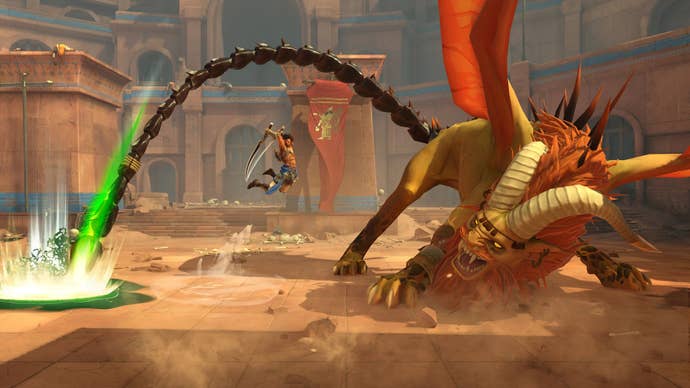
But, having had about an hour of hands-on time with the game, I’m convinced. Developed by the artisanal hands over at Ubisoft Montpellier (the brains behind the Rayman games and the phenomenal UbiArt Engine), Prince of Persia: The Lost Crown scratches a very specific itch for players that like the white-knuckle adrenaline rush of a Metroidvania that doesn't pull its punches.
The Lost Crown is hard. Surprisingly so. It expects you to react quickly, think ahead, and mix up your combat skills and platforming quickly and constantly, keeping the momentum up and using that flow to overcome the various hazards and enemies packing out the game. Inertia means death; move, respond, and retaliate and you’ll get far. Even in an hour-long demo, the developer was eager to make sure this lesson was digested well.
Throughout all the presentations and trailers you’ll see for the game, you’ll note that Ubisoft describes your new hero – named Sargon – as a "gifted young warrior", who is "acrobatic", "fast" and "agile". This has informed how the game plays: you’re encouraged to slide into combat to start an encounter, ducking under projectiles and knocking your undead opponent into the air, before laying into them with an aerial combo. Pop them back down to earth, slam into them, and zip off, unharmed, ready for battle once again. It’s a compelling combat flow, not easy to get right in a Metroidvania.
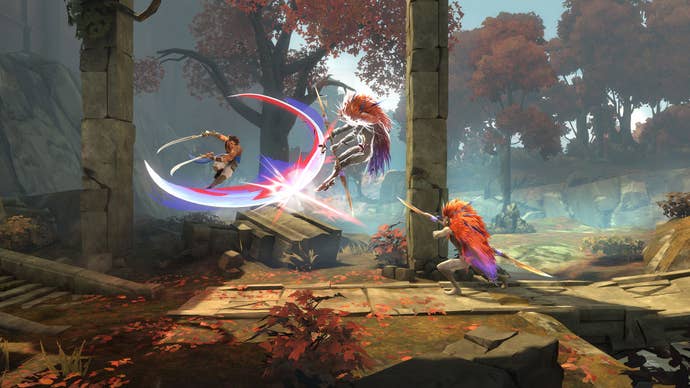
And then, of course, there are the time powers. That special ingredient that makes Prince of Persia stand out from the pack. These temporal techniques have been wrangled well into The Lost Crown, and didn’t lose any splendour as the modern Prince of Persia experience was compressed down into two dimensions. The conceit is simple; you activate your powers in one place, do a couple of jumps or attacks, then hit a button to return to where you first activated them.
This simply-executed trick means that Sargon never has to slow down. If you’re in a tricky platforming section with multiple swinging traps all synced up on some deadly timer, you don’t have to stop, wait, run, stop, dash, jump, wait. No. Your time powers speak to that staccato rhythm that can stop platforming momentum (and fun) dead in its tracks – getting into the flow of rewinding and making the most of the momentum that comes with it is vital to this game. And I can only imagine how fiendish the puzzles are going to get, much later in the game.
The actual platforming is as slick as the combat, and there’s also a very nice parry – realised with some gorgeous stylised animation – that you can fall back on if things get too hairy. The one boss I encountered in the demo, a proper meat-sponge of a manticore, took a lot of punishment before it went down. But once you realise that this game is constantly testing you (making sure you know how to use your special abilities, your time travel, your platforming, your combos) it’s easily dealt with. Loathe as I am to say it, the boss made the game remind me of hardcore action-RPGs; study the moves, know your openings, capitalise on them, profit.
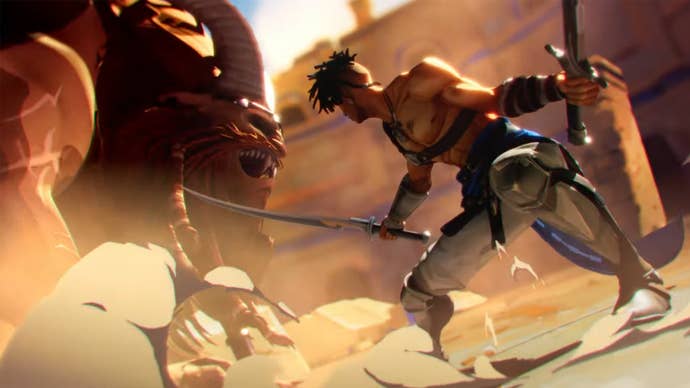
Given the scepticism the game was greeted with, I imagine a lot of the words in this article are falling on deaf ears. The Lost Crown may be a hard sell for some; it’s not the Sands of Time remake we were promised (which is definitely not cancelled, no way, not at all), and it’s not a big, chock-full 3D action game, either. But it’s very, very good. If you’ve got even a passing interest in the likes of modern classics like Hollow Knight, Ori and the Blind Forest, Axiom Verge, or any of the other 2D masterpieces that have revitalised the Metroidvania genre, The Lost Crown is definitely a game to keep your eye on.
Prince of Persia: The Lost Crown launches on January 18, 2024 for PS5, PS4, Xbox Series X|S, Xbox One, Nintendo Switch, and PC.
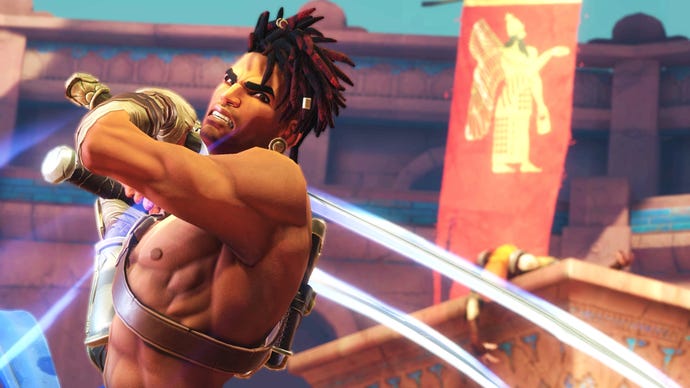



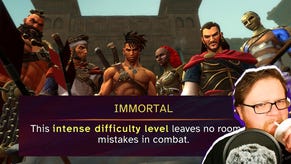
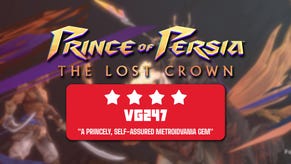
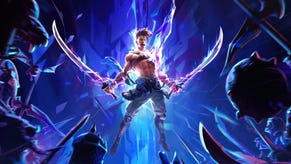
.jpg?width=291&height=164&fit=crop&quality=80&format=jpg&auto=webp)